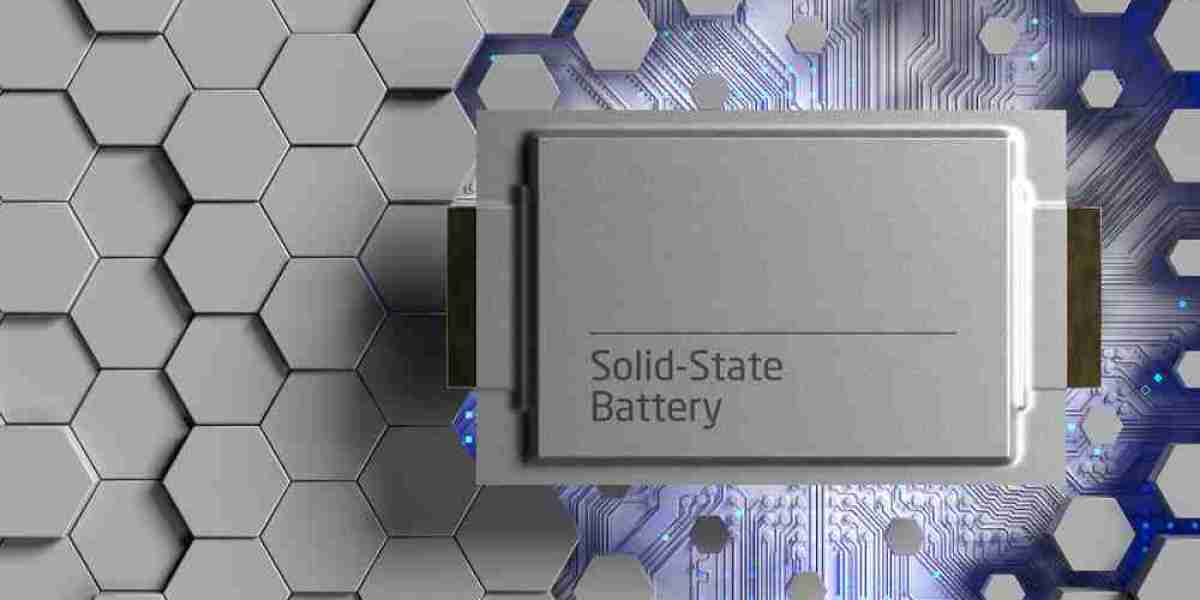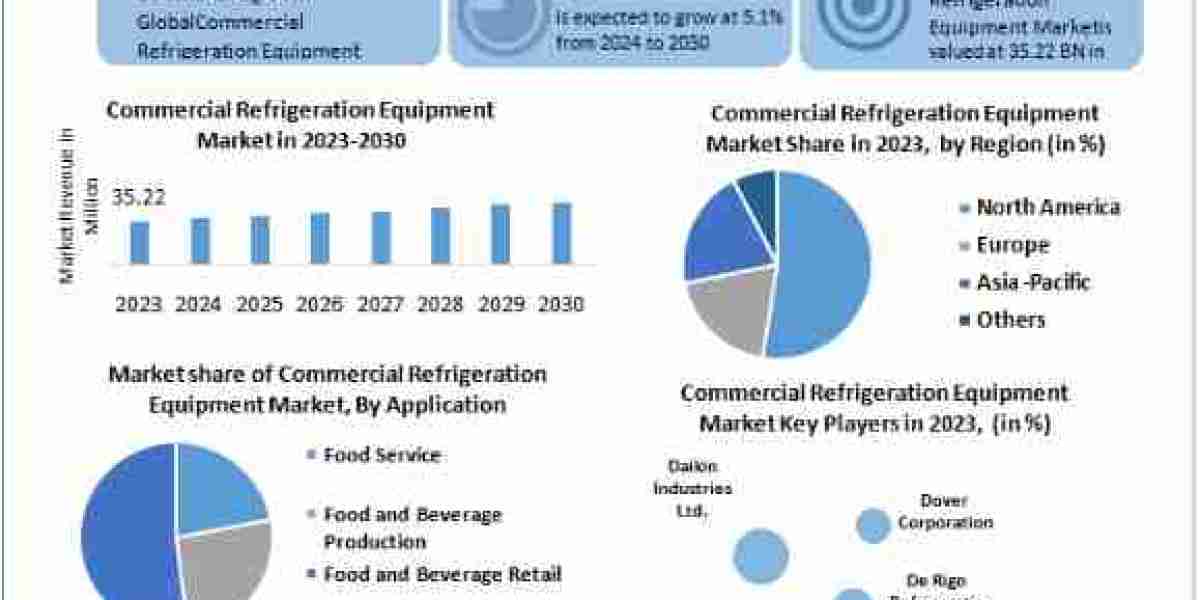The solid-state battery market has attracted significant attention for its potential to offer safer, more efficient energy storage solutions compared to conventional lithium-ion batteries. This technology promises advancements across electric vehicles, consumer electronics, and renewable energy storage sectors. However, despite its promise, several threats loom over the future of the solid-state battery market that could hinder its growth and widespread adoption. From manufacturing challenges to material shortages, these threats need to be addressed to fully realize the potential of solid-state batteries.
Manufacturing Complexity
Solid-state batteries are considerably more complex to manufacture compared to traditional lithium-ion batteries. Their production requires precise conditions to ensure the integrity of the solid electrolytes and the interfaces between materials. The specialized production processes also demand significant capital investment in research and development, which makes it difficult for many companies to scale production. For now, manufacturing remains one of the most significant obstacles to meeting the growing demand for solid-state batteries.
Material Shortages
A major issue facing the solid-state battery market is the scarcity of the raw materials required for production. Solid-state batteries typically use materials like lithium, sulfur, and solid electrolytes that are not as readily available or as easily sourced as the components of traditional lithium-ion batteries. The shortage of these materials can drive up costs, making solid-state batteries less economically viable for large-scale production. Furthermore, competition for these materials could delay their widespread use in mass-market applications, such as electric vehicles.
High Production Costs
The cost of producing solid-state batteries is significantly higher than that of traditional batteries. This price gap is largely due to the complex manufacturing processes and expensive raw materials used in solid-state battery production. Until significant advances are made to streamline the production process and reduce material costs, the overall cost of solid-state batteries will remain a barrier to adoption. This could hinder the widespread use of this technology, particularly in consumer products that are sensitive to price changes.
Scalability Issues
While prototypes and early-stage solid-state batteries have shown promising performance, scaling up production for commercial use remains a challenge. Scaling from laboratory conditions to mass production can introduce a number of challenges related to consistency, quality control, and cost-effectiveness. Ensuring that solid-state batteries can be produced reliably at large scale without compromising performance is crucial for the long-term viability of the market.
Battery Performance Variability
Although solid-state batteries are known for their superior safety and energy density, their real-world performance can still vary significantly based on factors such as material composition, environmental conditions, and battery design. This inconsistency in performance can hinder the trust consumers and manufacturers place in solid-state technology. In order for the solid-state battery market to grow, these performance variations need to be minimized, ensuring that each battery provides predictable, reliable power over time.
Competitive Technologies
While solid-state batteries hold significant potential, other battery technologies, such as lithium-sulfur and lithium-air batteries, are also vying for a place in the energy storage landscape. These competing technologies may offer advantages in certain areas, such as energy density or environmental sustainability, potentially limiting the market share that solid-state batteries can capture. Furthermore, companies may choose to invest in other forms of energy storage, such as supercapacitors, that promise faster charging and longer lifespans.
Supply Chain Disruptions
The global supply chain for raw materials used in solid-state battery production is vulnerable to disruptions caused by geopolitical tensions, natural disasters, or trade restrictions. These disruptions could lead to shortages in key materials and delay the production timelines for solid-state batteries. As demand for these batteries increases, any supply chain challenges could become more pronounced, affecting the market's growth and stability.
Safety Concerns with New Technologies
While solid-state batteries are generally considered safer than traditional lithium-ion batteries due to their stable solid electrolytes, the new technology still poses certain risks. If solid-state batteries are not designed or manufactured correctly, they may still experience failures, such as thermal instability or leakage. Additionally, the long-term behavior of these batteries under real-world conditions is still not fully understood, and any unforeseen issues could result in safety risks that would hinder consumer confidence in the technology.
Regulatory Challenges
The development of solid-state batteries is not only a technological challenge but also a regulatory one. Governments around the world are still establishing the frameworks for certifying and regulating new energy storage technologies. Without clear guidelines, companies may face delays in bringing solid-state batteries to market or face costly compliance efforts. Regulatory uncertainty can create a barrier for companies to invest in the long-term development of solid-state batteries.
Intellectual Property and Patent Issues
The solid-state battery market is highly competitive, with multiple companies investing heavily in research and development to secure intellectual property (IP) related to battery technology. As patents are filed, disputes over ownership of key technologies could arise, potentially slowing down the progress of the market. Furthermore, licensing fees for patented technology could increase the overall cost of developing solid-state batteries, further hindering their widespread adoption.
Conclusion
The solid-state battery market is full of potential, but it is also fraught with challenges that could impede its growth. Manufacturing complexities, material shortages, and high production costs are just a few of the threats that companies in the space must overcome. Competitive technologies, regulatory hurdles, and safety concerns also add to the risks associated with solid-state batteries. As the market continues to evolve, it will be crucial for companies to innovate and address these threats to ensure the widespread adoption of solid-state batteries in the coming years.




